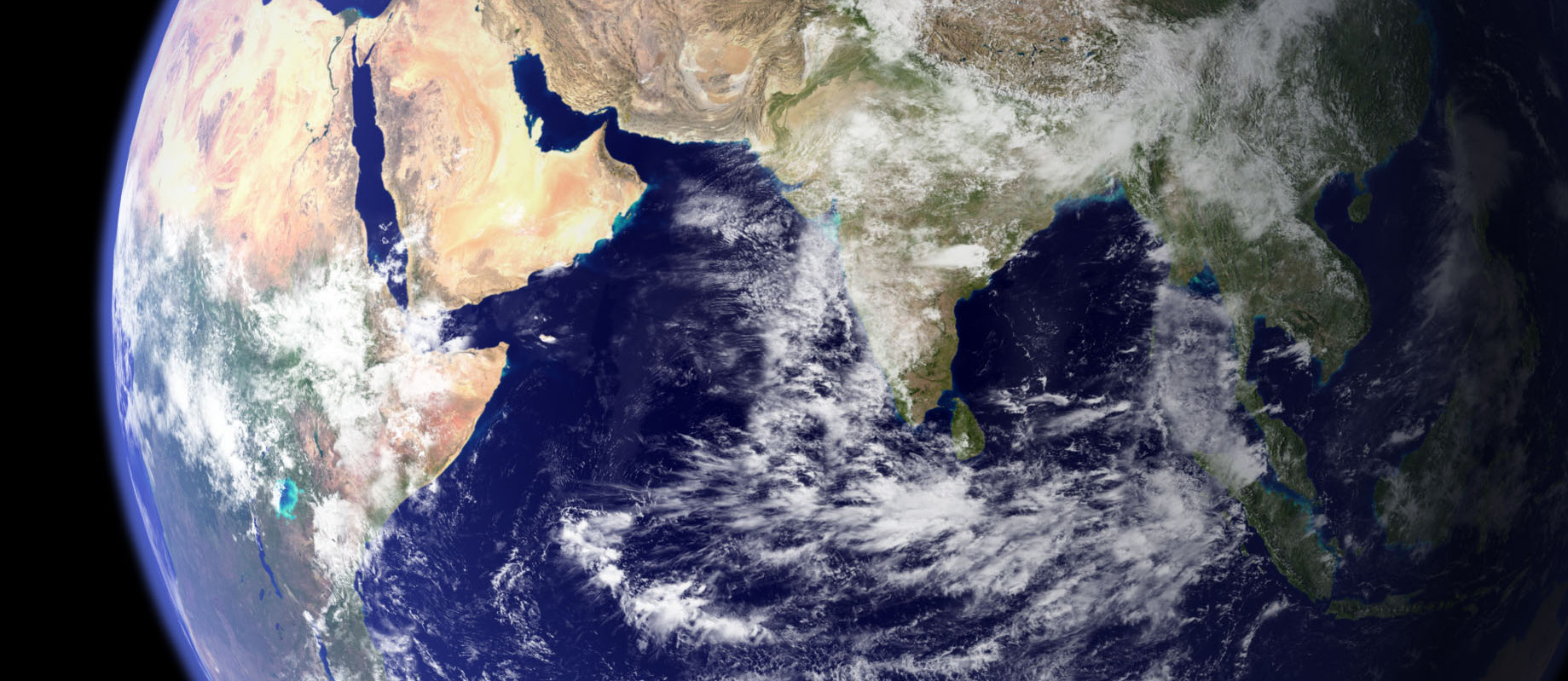-
Thresholds of Catastrophe in the Earth System
November 20, 2017 / Posted by: Miki Huynh
Image source: NASADaniel Rothman, professor of geophysics in the MIT Department of Earth, Atmospheric and Planetary Sciences, co-director of MIT’s Lorenz Center, and member of the NASA Astrobiology Institute team based at MIT has analyzed significant changes in the carbon cycle over the last 540 million years, including the five mass extinction events. He has identified “thresholds of catastrophe” in the carbon cycle that, if exceeded, would lead to an unstable environment, and ultimately, mass extinction.
In the paper, “Thresholds of catastrophe in the Earth system,” published in Science Advances, Rothman proposes that mass extinction occurs if one of two thresholds are crossed: For changes in the carbon cycle that occur over long timescales, extinctions will follow if those changes occur at rates faster than global ecosystems can adapt. For carbon perturbations that take place over shorter timescales, the pace of carbon-cycle changes will not matter; instead, the size or magnitude of the change will determine the likelihood of an extinction event.
Taking this reasoning forward in time, Rothman predicts that, given the recent rise in carbon dioxide emissions over a relatively short timescale, a sixth extinction will depend on whether a critical amount of carbon is added to the oceans. That amount, he calculates, is about 310 gigatons, which he estimates to be roughly equivalent to the amount of carbon that human activities will have added to the world’s oceans by the year 2100.
The full press release by Jennifer Chu is available at MIT News.
Source: [Science Advances]
- The NASA Astrobiology Institute Concludes Its 20-year Tenure
- Global Geomorphologic Map of Titan
- Molecular Cousins Discovered on Titan
- Interdisciplinary Consortia for Astrobiology Research (ICAR)
- The NASA Astrobiology Science Forum Talks Now on YouTube
- The NASA Astrobiology Science Forum: The Origin, Evolution, Distribution and Future of Astrobiology
- Alternative Earths
- Drilling for Rock-Powered Life
- Imagining a Living Universe
- Workshops Without Walls: Astrovirology